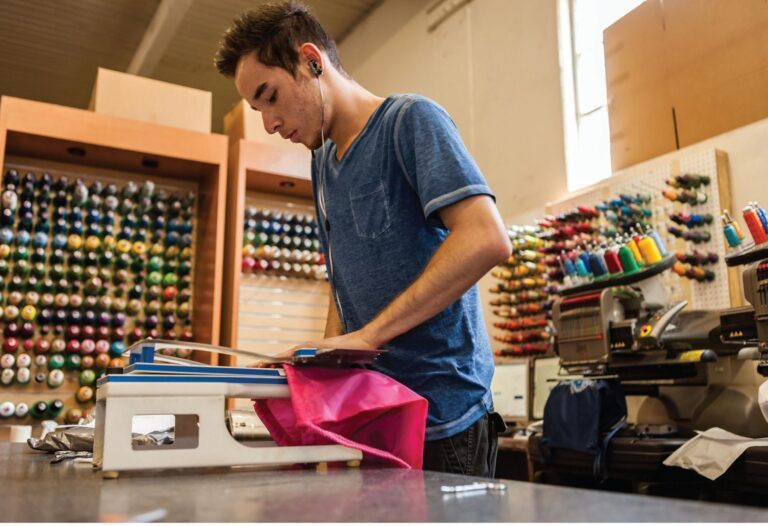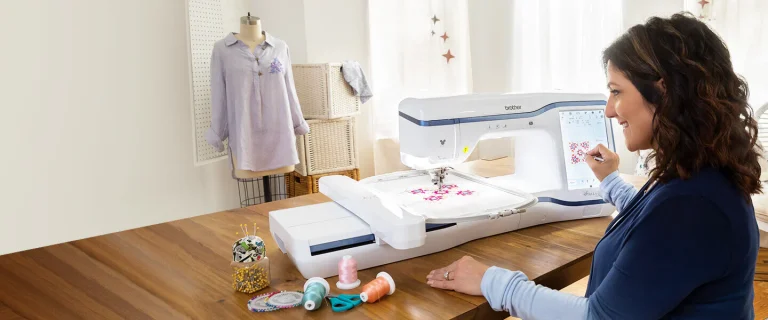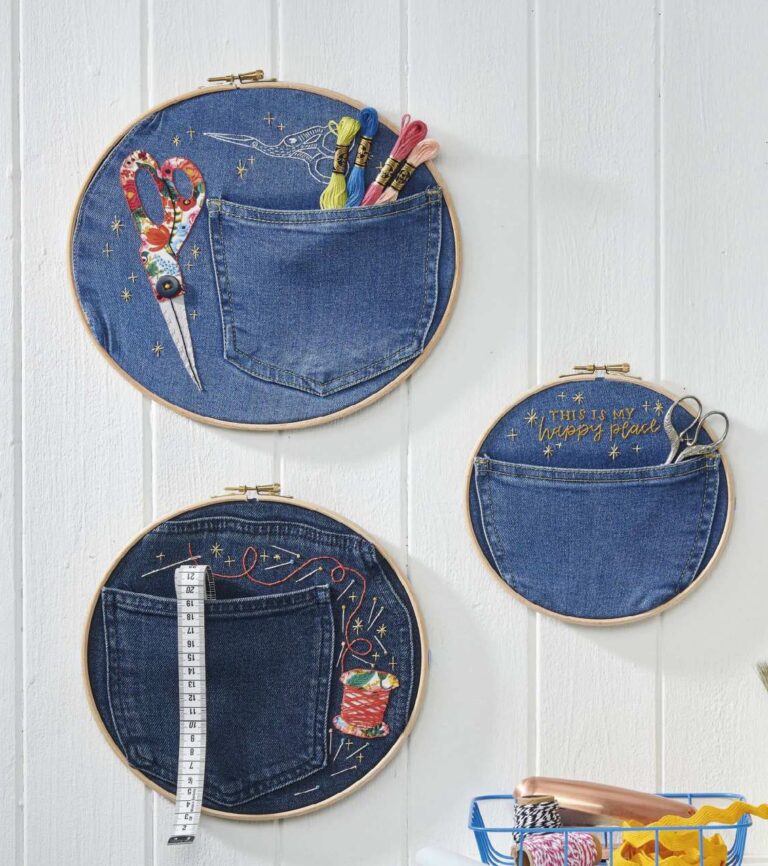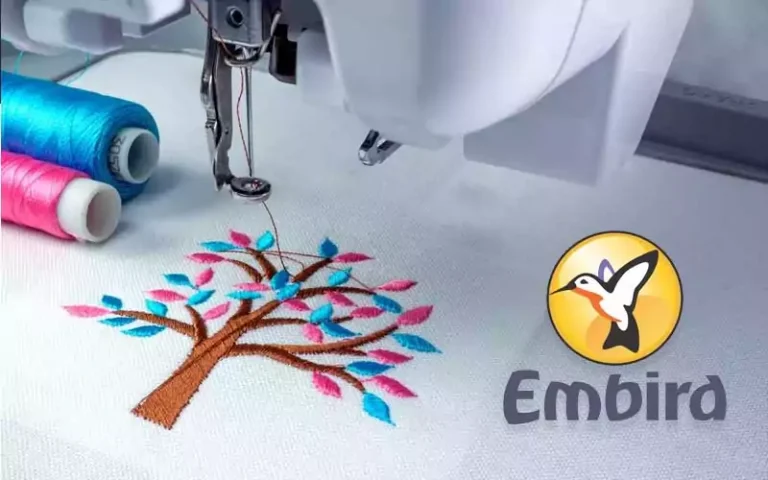Embroidery Machine and Designs: A Comprehensive Guide to Elevate Your Stitched Creations
Embroidery, an ancient art form that has transcended time and culture, continues to captivate and inspire artists and crafters worldwide. With the advent of embroidery machines, this intricate practice has become more accessible and versatile, enabling individuals to transform their creative visions into stunning stitched masterpieces.
Whether you’re a seasoned embroidery enthusiast or just dipping your toes into this rewarding craft, this comprehensive guide will equip you with the knowledge and techniques to master both embroidery machines and designs, unlocking a world of possibilities for personalized and unique creations.
Embroidery Machine Fundamentals: Navigating the Stitching Landscape
-
Understanding Embroidery Machine Types: Embroidery machines come in a variety of types, each with its own strengths and limitations. For beginners, home embroidery machines offer a user-friendly and affordable introduction to the craft. As your skills and aspirations grow, consider investing in a professional embroidery machine that provides greater versatility and customization options.
-
Choosing the Right Needles: Embroidery needles are specifically designed to handle the intricate stitches and delicate fabrics often used in embroidery. Opt for needles that match the thread weight and fabric type to ensure optimal stitch quality and longevity.
-
Mastering Thread Tension: Proper thread tension is crucial for achieving clean, evenly formed stitches. Experiment with different tension settings to find the ideal balance for your chosen thread and fabric.
-
Embroidery Hoops and Stabilizers: Embroidery hoops secure the fabric and provide a stable platform for machine stitching. Stabilizers, such as tear-away or water-soluble, provide support and prevent puckering, especially on lightweight fabrics.
-
Design Files and Digitization: Embroidery designs are stored in files, typically in PES, DST, or JEF formats. Digitizing software converts images or text into machine-readable embroidery files.
-
Maintaining Your Embroidery Machine: Regular maintenance, including cleaning, lubrication, and stylus tip replacement, is essential for optimal machine performance and longevity.
Embroidery Design Creation: Putting Your Creativity to Stitch
-
Design Software and Resources: Numerous embroidery design software programs are available, each with its own features and capabilities. Explore free and paid options to find the software that suits your needs and skill level.
-
Creating Your Own Designs: Drawing, tracing, or manipulating existing images can be used to create unique embroidery designs. Digital illustration software, such as Adobe Illustrator or CorelDraw, can also be used to create intricate designs.
-
Importing and Modifying Designs: Importing designs from various sources, such as digital art, photographs, or clip art, can expand your design possibilities. Consider using design editing software to adjust colors, scale, and other elements.
-
Considering Fabric and Thread Choices: When designing embroidery patterns, factor in the fabric type and thread weight to ensure compatibility and optimal stitch quality.
-
Optimizing Design Placement: Strategically place designs on the fabric to maximize the visual impact and avoid interference with seams or other design elements.
-
Testing and Troubleshooting: Before embarking on a large-scale embroidery project, test your design on a sample fabric to ensure proper stitching and eliminate any issues.
Embroidery Projects: Endless Possibilities
-
Personalized Clothing and Accessories: Add a touch of personalization to garments, bags, hats, and other accessories with embroidered names, initials, logos, or designs.
-
Embellished Home Décor: Decorate pillows, curtains, towels, and other household items with embroidery to add a unique and personalized touch.
-
Embroidered Gifts and Keepsakes: Create thoughtful and memorable gifts, such as embroidered baby blankets, towels, or wall hangings, for family and friends.
-
Embroidered Artwork: Elevate your embroidery skills to create stunning standalone artworks, such as wall hangings, canvas pieces, or decorative objects.
-
Embroidered Apparel for Special Occasions: Transform special outfits, such as wedding dresses or graduation gowns, with elegant and intricate embroidery designs.
Conclusion: Embracing the Stitched Journey
Embroidery, with its rich history and endless creative possibilities, offers a rewarding and fulfilling artistic journey. Whether you’re a beginner or an experienced enthusiast, this comprehensive guide will empower you to master embroidery machine techniques and design creation, allowing you to bring your unique vision to life through the art of stitched expression. So, grab your embroidery hoop, thread your needle, and embark on a captivating adventure in the world of embroidery, where creativity and craftsmanship






